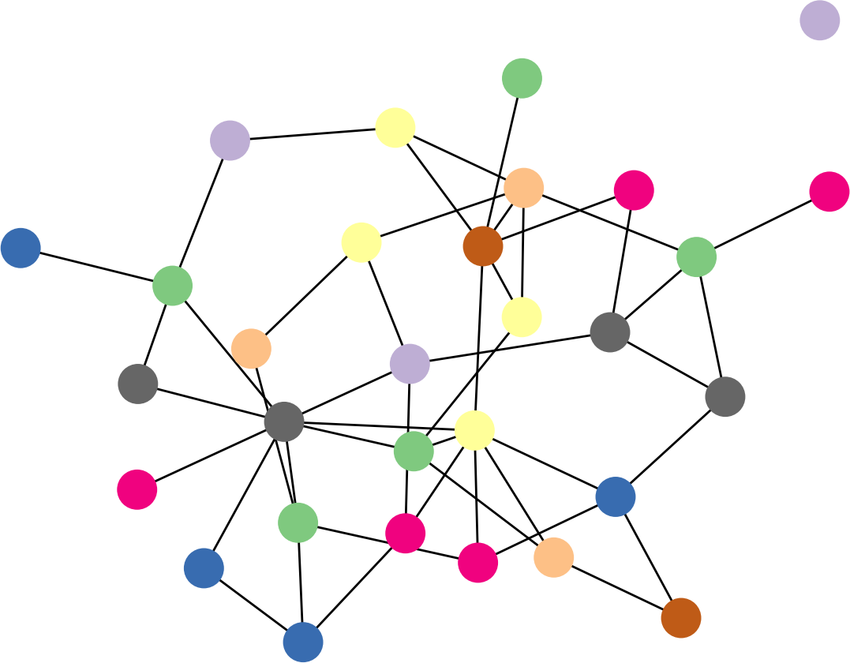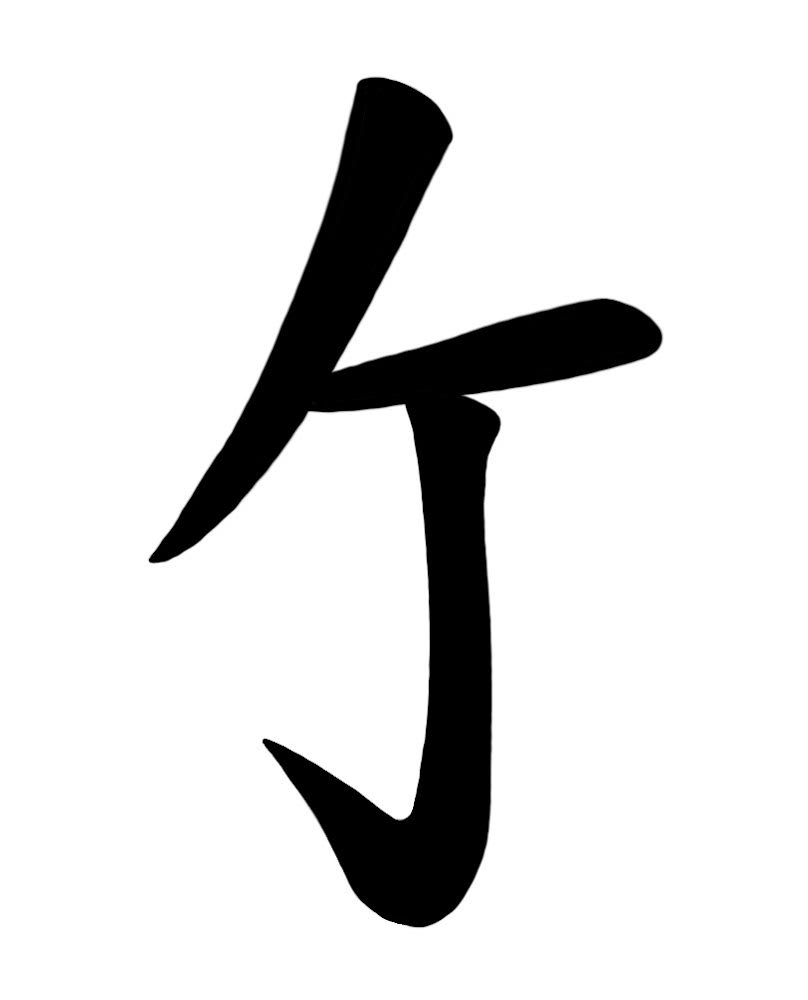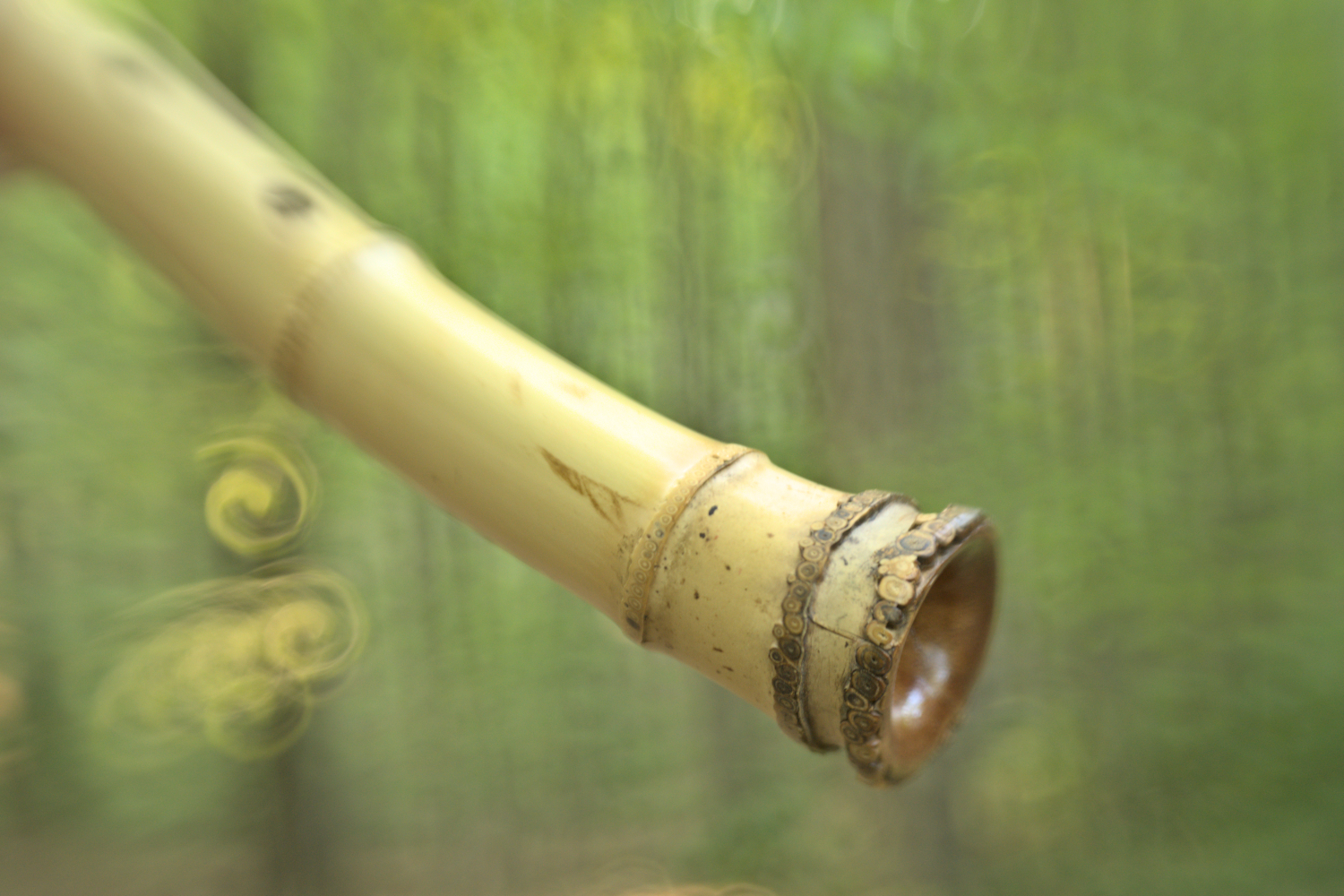There’s No “Best” Shakuhachi
One of the most humbling and fascinating truths about the shakuhachi is that no single instrument can “have it all.” Every design choice, and every type of shakuhachi, inherently possesses its own unique strengths and weaknesses. We simply choose what we prefer or need at any given time.
While there will always be “cutting-edge” modern shakuhachi who’s makers claim that their instruments are “optimized” without mention of compromise, this is misleading. All design choices are compromises because every attribute is interconnected. Think of it like tugging on a loose thread in a piece of cloth: when you enhance one aspect of a shakuhachi, you invariably affect, and often detract from, another.

Knowing this, you can rest assured there’s no such thing as a “perfect” shakuhachi that excels in every way. Instead, there are simply shakuhachi that are ideal for certain situations or tastes.
For instance, some players cherish older-style shakuhachi that might sacrifice overall volume for a more gentle, rustic sound. Such an instrument would be an excellent choice for solo playing, especially for a classical experience. However, it would clearly be a poor choice for accompanying a loud modern piano.
I hope this illustrates how deeply intertwined all the attributes of a shakuhachi are. To achieve certain qualities, others must inevitably be diminished or lost. Ultimately, all shakuhachi are balanced differently, each with their own unique set of strengths and weaknesses. My hope is that you find the instrument that truly resonates with your needs and enjoyment. Personally, I am grateful for the immense variety within the shakuhachi world and the fact that no single instrument can ever truly be crowned “the best.”

